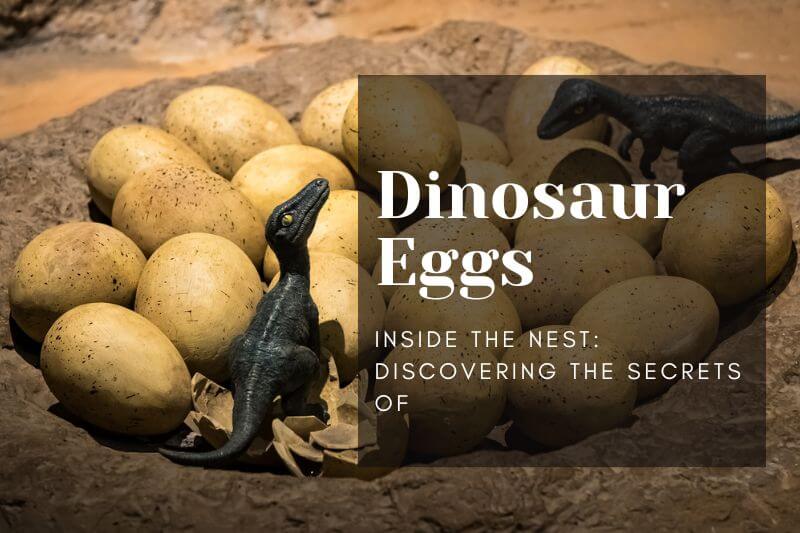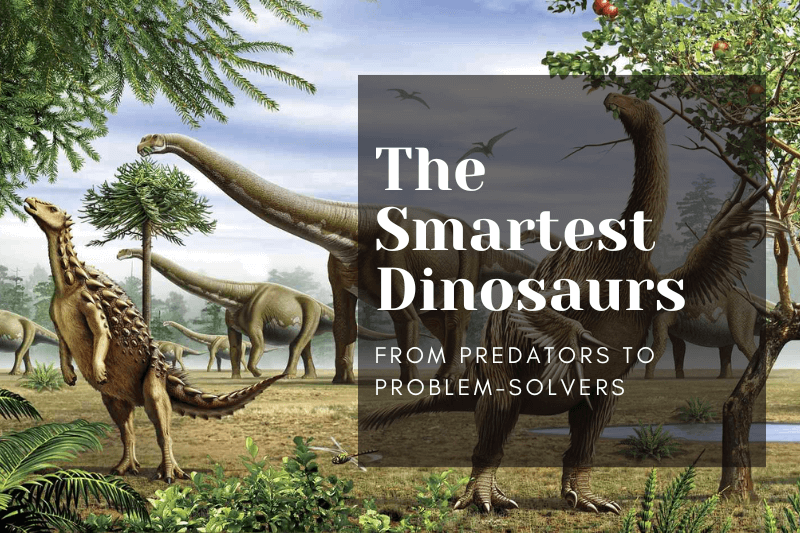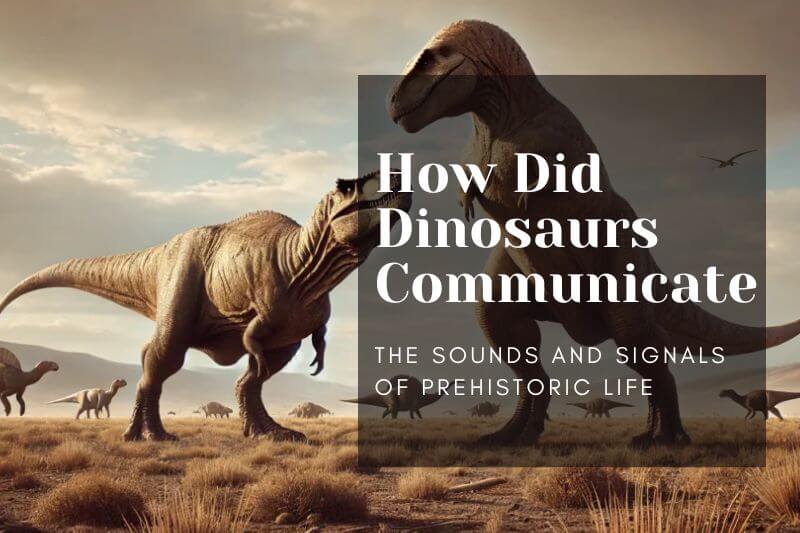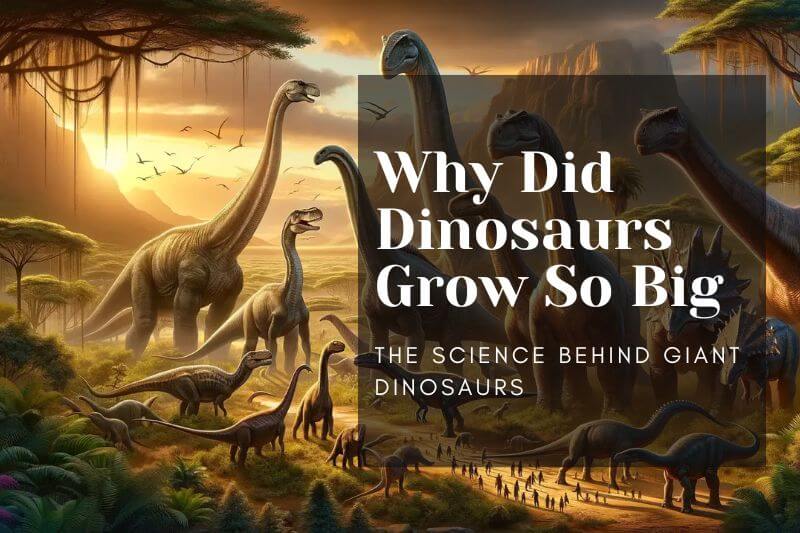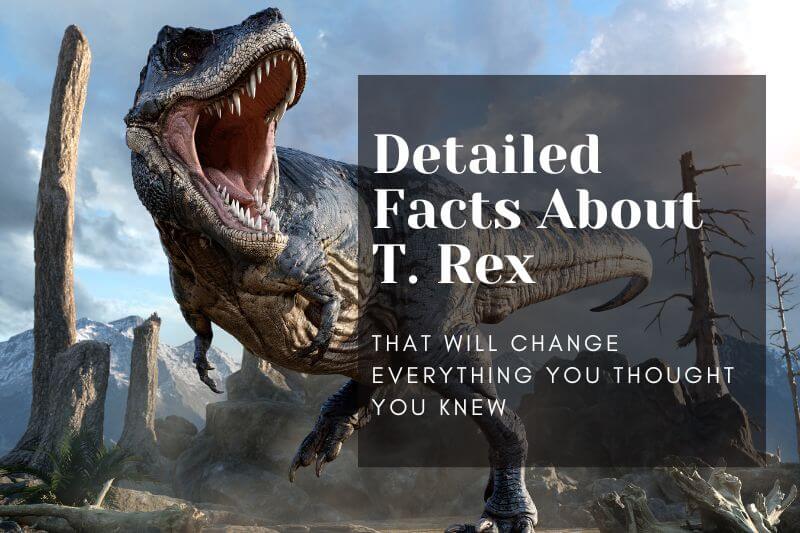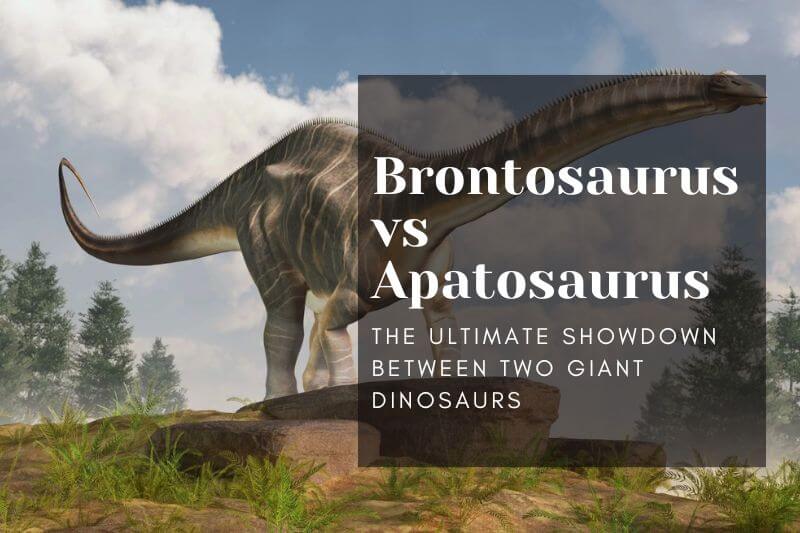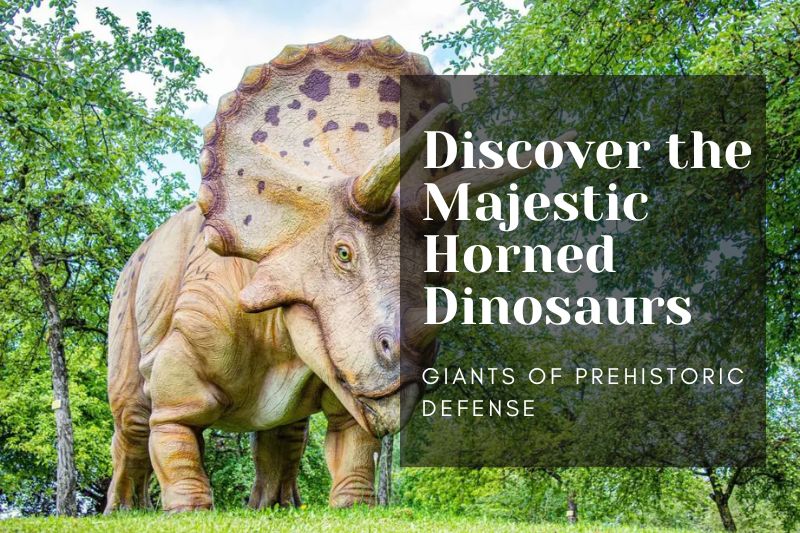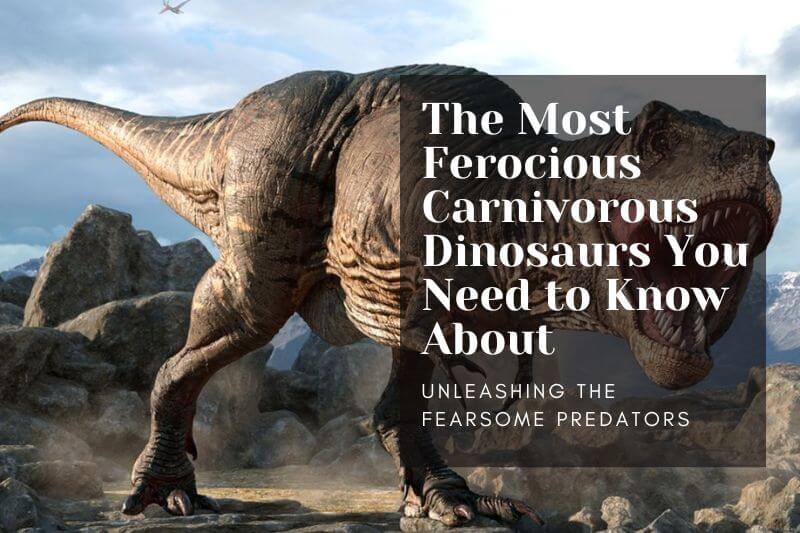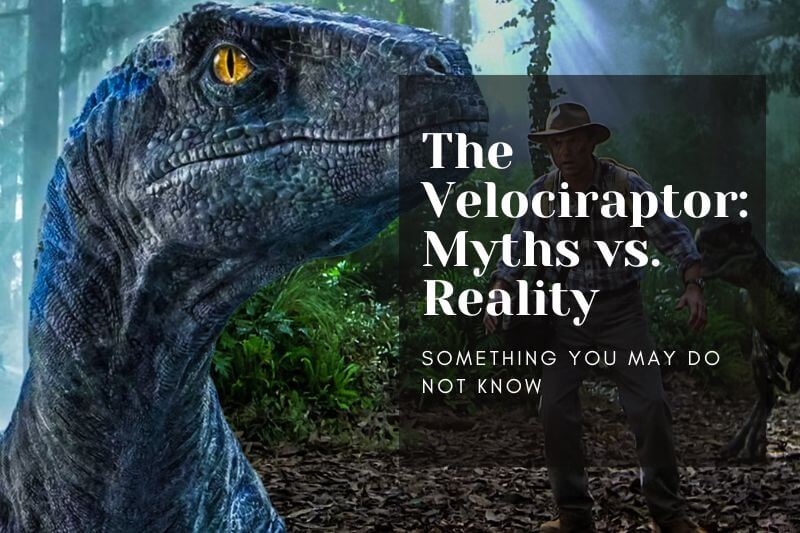Exploring the Mysteries of Dinosaur Lifespan: How Long Did Dinosaurs Live?
Date:2024/07/17 Visits:203
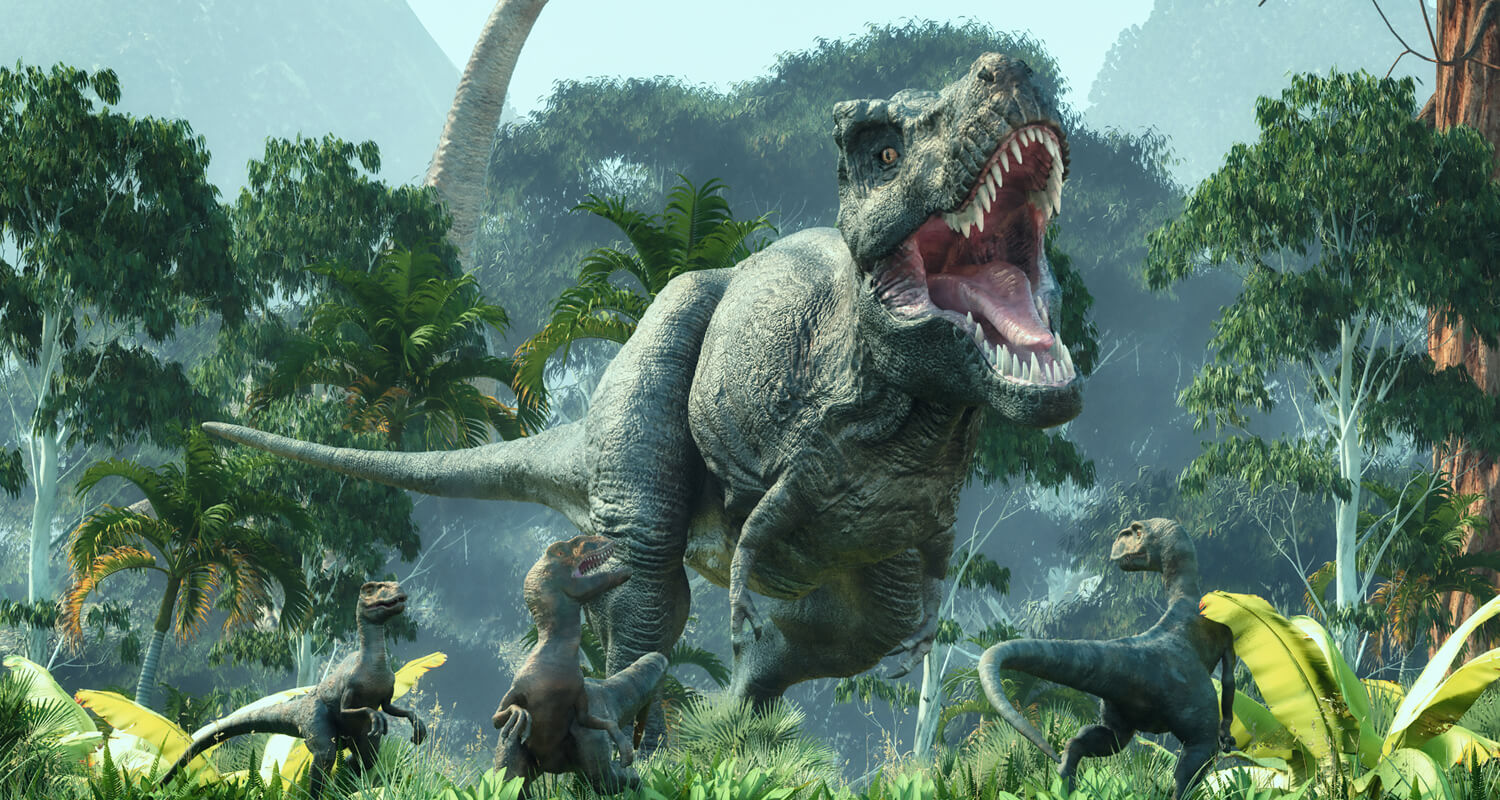 Dinosaurs, the colossal creatures that once roamed the Earth millions of years ago, continue to captivate our imagination with their sheer size, diversity, and the mysteries surrounding their lives. Among the many questions scientists seek to answer, one of the most intriguing is: how long did dinosaurs live?
Dinosaurs, the colossal creatures that once roamed the Earth millions of years ago, continue to captivate our imagination with their sheer size, diversity, and the mysteries surrounding their lives. Among the many questions scientists seek to answer, one of the most intriguing is: how long did dinosaurs live?
Understanding Dinosaur Lifespan
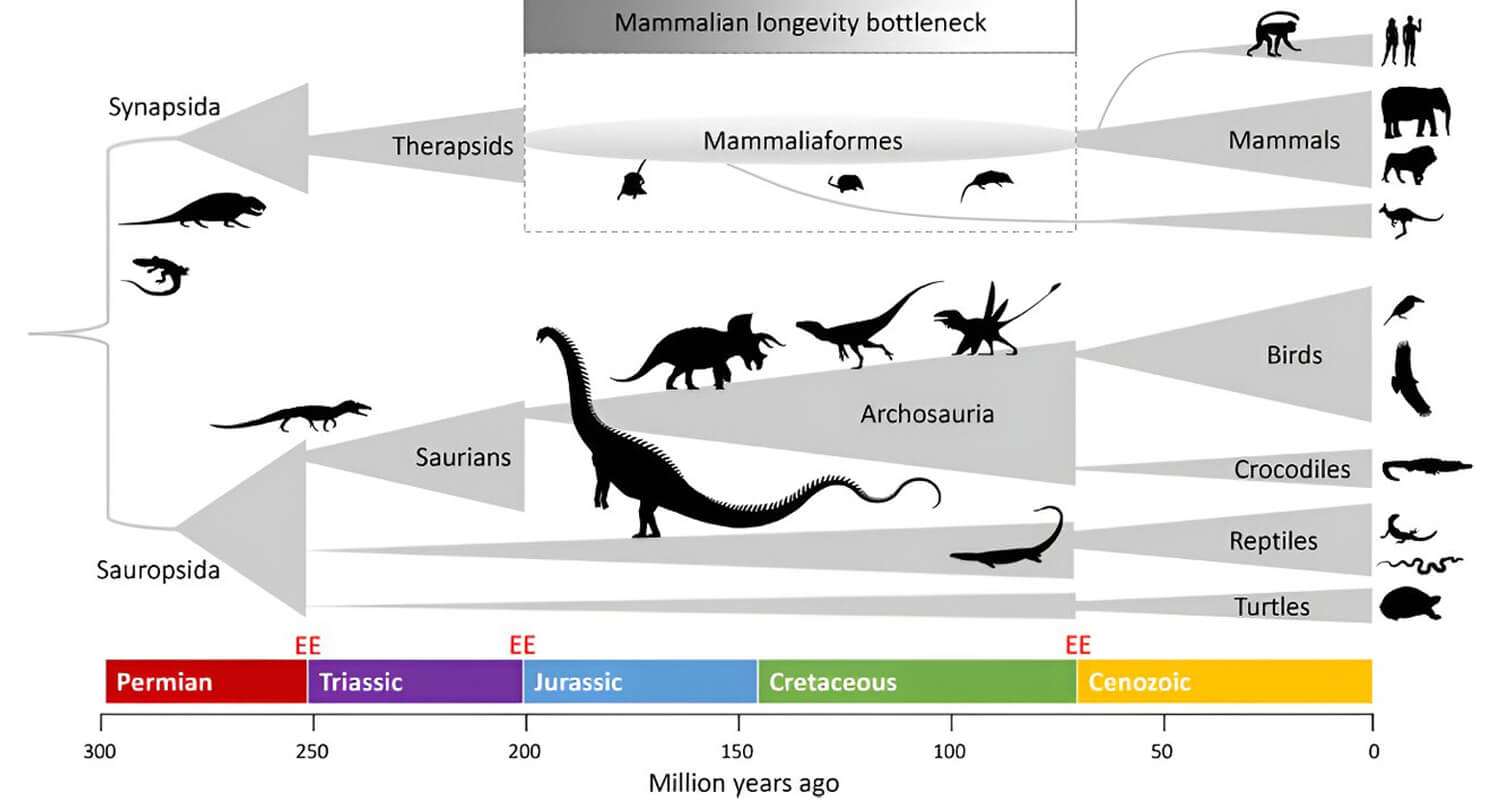 Determining the lifespan of dinosaurs is a challenging task for paleontologists due to the lack of direct observational data and the scarcity of fossil evidence that can provide clues about aging. Unlike today's animals, which can often be studied from birth to death in controlled environments, dinosaurs left behind only their fossilized remains, which do not directly reveal their age at death.
Determining the lifespan of dinosaurs is a challenging task for paleontologists due to the lack of direct observational data and the scarcity of fossil evidence that can provide clues about aging. Unlike today's animals, which can often be studied from birth to death in controlled environments, dinosaurs left behind only their fossilized remains, which do not directly reveal their age at death.
Estimating Average Dinosaur Lifespan
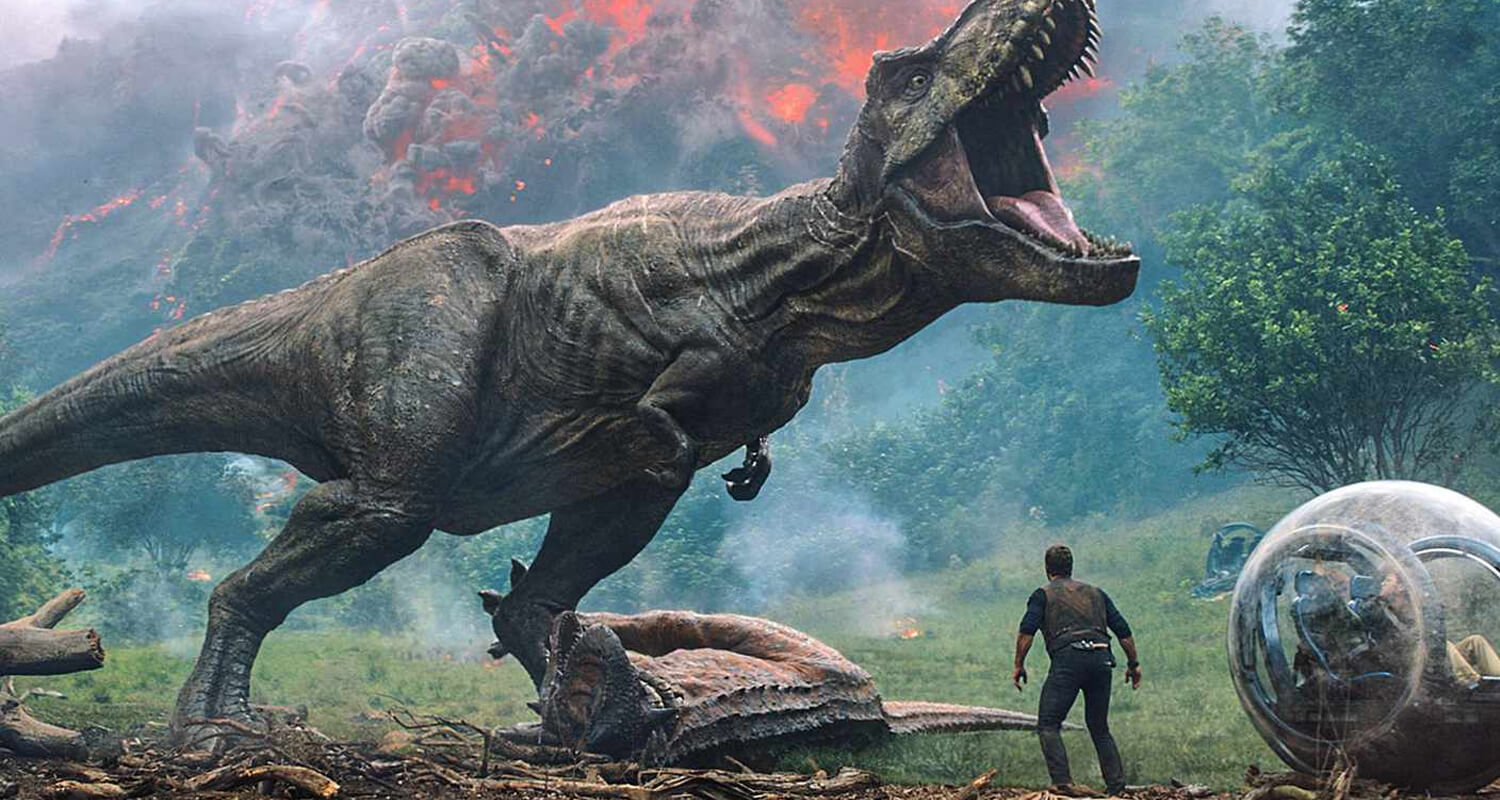 Despite these challenges, scientists have developed several methods to estimate the lifespan of dinosaurs. One common approach is to study growth rates and life histories preserved in the fossil record. By examining growth rings in dinosaur bones, similar to tree rings, researchers can estimate how quickly dinosaurs grew and infer their approximate age at death.
Despite these challenges, scientists have developed several methods to estimate the lifespan of dinosaurs. One common approach is to study growth rates and life histories preserved in the fossil record. By examining growth rings in dinosaur bones, similar to tree rings, researchers can estimate how quickly dinosaurs grew and infer their approximate age at death.
For example, some large herbivorous dinosaurs like the Brachiosaurus are believed to have reached ages of 30 years or more based on bone histology studies. On the other hand, smaller dinosaurs like the Velociraptor may have had shorter lifespans, perhaps around 10 to 15 years.
Factors Influencing Lifespan
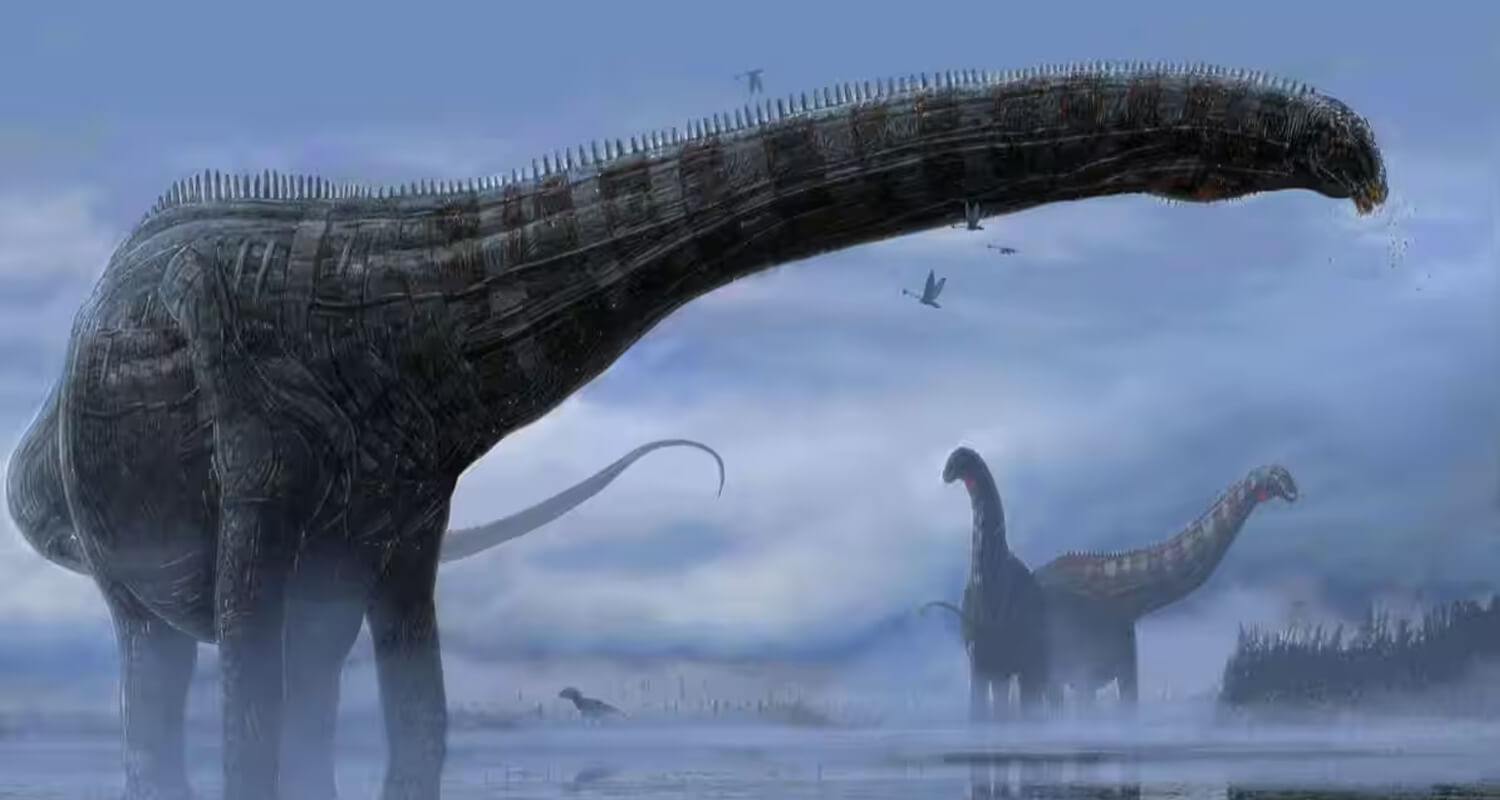 Various factors influenced the lifespan of dinosaurs, much like they do for animals today. Size played a crucial role, with larger species generally living longer than smaller ones. This phenomenon, known as the "Gigantic Effect," suggests that larger animals tend to have slower metabolic rates and therefore age more slowly.
Various factors influenced the lifespan of dinosaurs, much like they do for animals today. Size played a crucial role, with larger species generally living longer than smaller ones. This phenomenon, known as the "Gigantic Effect," suggests that larger animals tend to have slower metabolic rates and therefore age more slowly.
Moreover, the environment and ecological niche of each dinosaur species also played a significant role. Predation pressure, disease, climate conditions, and availability of food all affected the average lifespan of dinosaurs in different habitats and periods throughout the Mesozoic Era.
FAQs About Dinosaur Lifespan
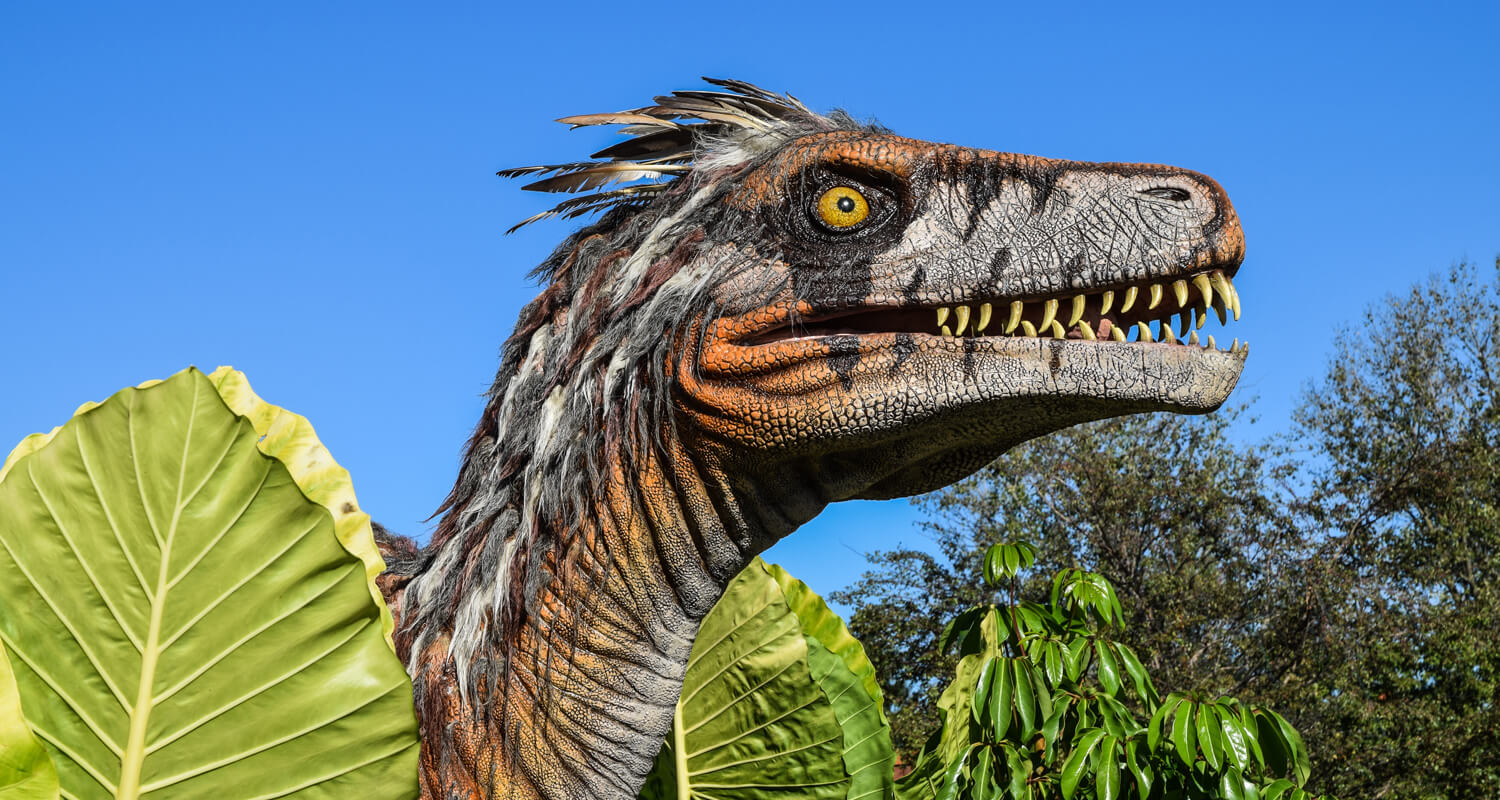 What dinosaur has the longest lifespan?
What dinosaur has the longest lifespan?
The Sauropods, particularly the long-necked dinosaurs like Apatosaurus and Brachiosaurus, are believed to have had the longest lifespans among dinosaurs. Estimates suggest that these massive herbivores could live for up to 100 years, similar to some modern-day reptiles like tortoises.
How long would a T. Rex live?
The Tyrannosaurus rex, one of the most famous dinosaurs, is estimated to have lived for about 28 to 30 years. This lifespan is determined based on the study of fossilized bones, which show growth patterns similar to those of modern birds and reptiles.
How long did a Velociraptor live?
The Velociraptor, a small but fierce carnivorous dinosaur, is estimated to have had a lifespan of approximately 15 to 20 years. This estimation is based on growth rates observed in fossilized bones, indicating a relatively short but active life.
How long did the dinosaurs live for?
Dinosaurs as a group existed for about 165 million years, from the Late Triassic period (around 230 million years ago) to the end of the Cretaceous period (about 65 million years ago). This vast timespan allowed for a wide diversity of dinosaur species to evolve and thrive.
Animatronic Dinosaurs: Bringing Prehistory to Life
 In recent years, advancements in technology have allowed us to recreate and study dinosaurs in ways unimaginable before. Animatronic dinosaurs, for instance, have become a popular attraction in museums, theme parks, and educational exhibits around the world. These lifelike replicas not only entertain and educate but also provide valuable insights into the behavior and appearance of dinosaurs based on the latest scientific discoveries.
In recent years, advancements in technology have allowed us to recreate and study dinosaurs in ways unimaginable before. Animatronic dinosaurs, for instance, have become a popular attraction in museums, theme parks, and educational exhibits around the world. These lifelike replicas not only entertain and educate but also provide valuable insights into the behavior and appearance of dinosaurs based on the latest scientific discoveries.
Animatronic dinosaurs are meticulously designed to replicate the movements, sounds, and even the appearance of various dinosaur species as accurately as possible. By studying these recreations, researchers and the public alike can gain a deeper appreciation for the ancient creatures that once dominated the Earth.
Conclusion: Unraveling the Mysteries of Dinosaur Lifespan
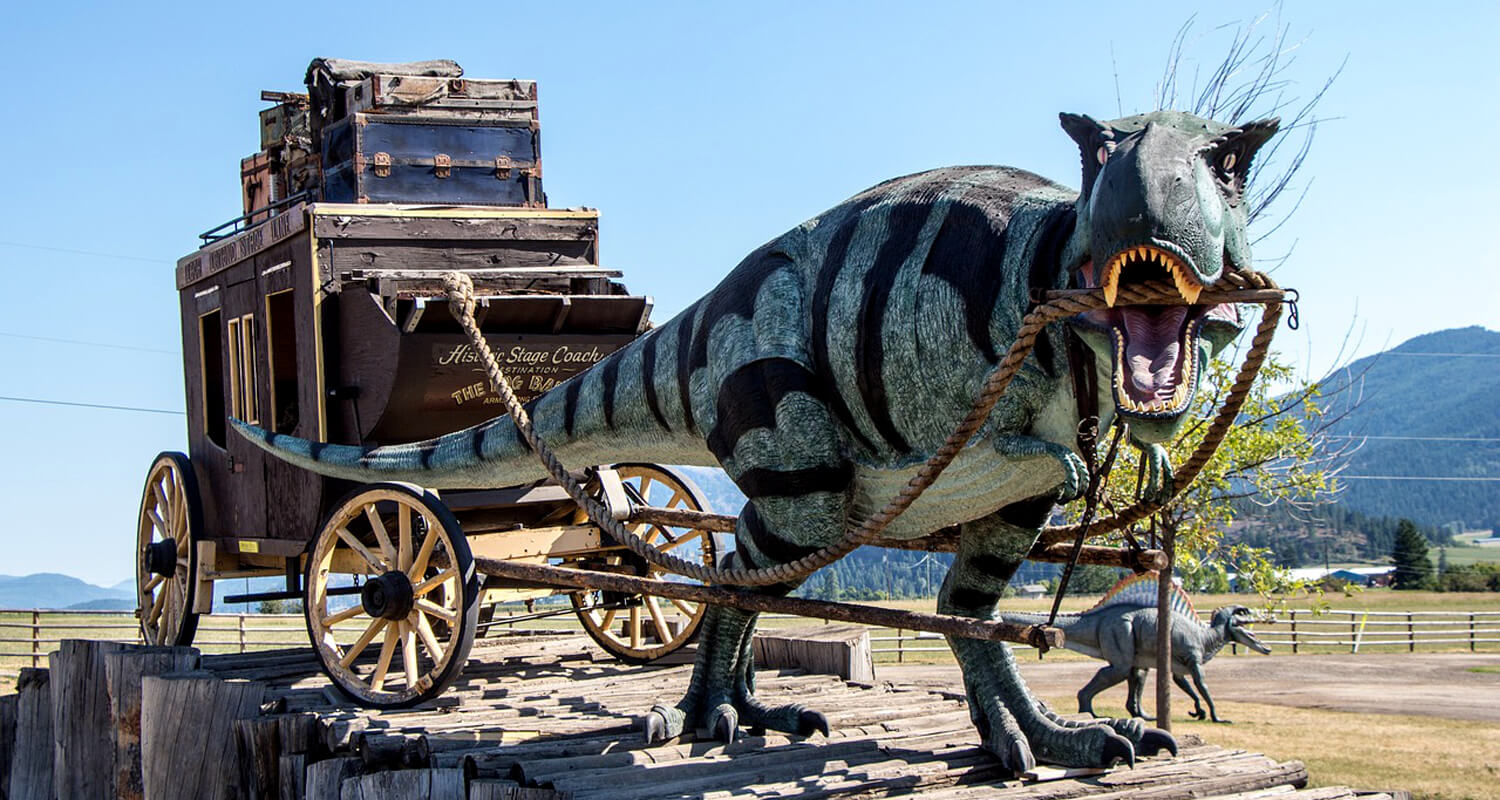 While we may never know the exact lifespan of every dinosaur species that existed, ongoing research continues to shed light on their lives and behaviors. From the massive herbivores that grazed on prehistoric vegetation to the swift and cunning carnivores that hunted them, each dinosaur species had its own unique lifespan shaped by evolutionary pressures and environmental conditions.
While we may never know the exact lifespan of every dinosaur species that existed, ongoing research continues to shed light on their lives and behaviors. From the massive herbivores that grazed on prehistoric vegetation to the swift and cunning carnivores that hunted them, each dinosaur species had its own unique lifespan shaped by evolutionary pressures and environmental conditions.
As we uncover more fossils and develop new techniques for studying ancient life, our understanding of dinosaur lifespan will undoubtedly continue to evolve. Whether through cutting-edge research or immersive exhibits featuring animatronic dinosaurs, our fascination with these creatures persists, driving us to unravel the mysteries of their existence and appreciate the rich tapestry of life that existed millions of years ago.
In the end, the lifespan of dinosaurs remains one of the many enigmatic aspects of their ancient world—a testament to the enduring allure of these majestic creatures that once roamed the Earth.
